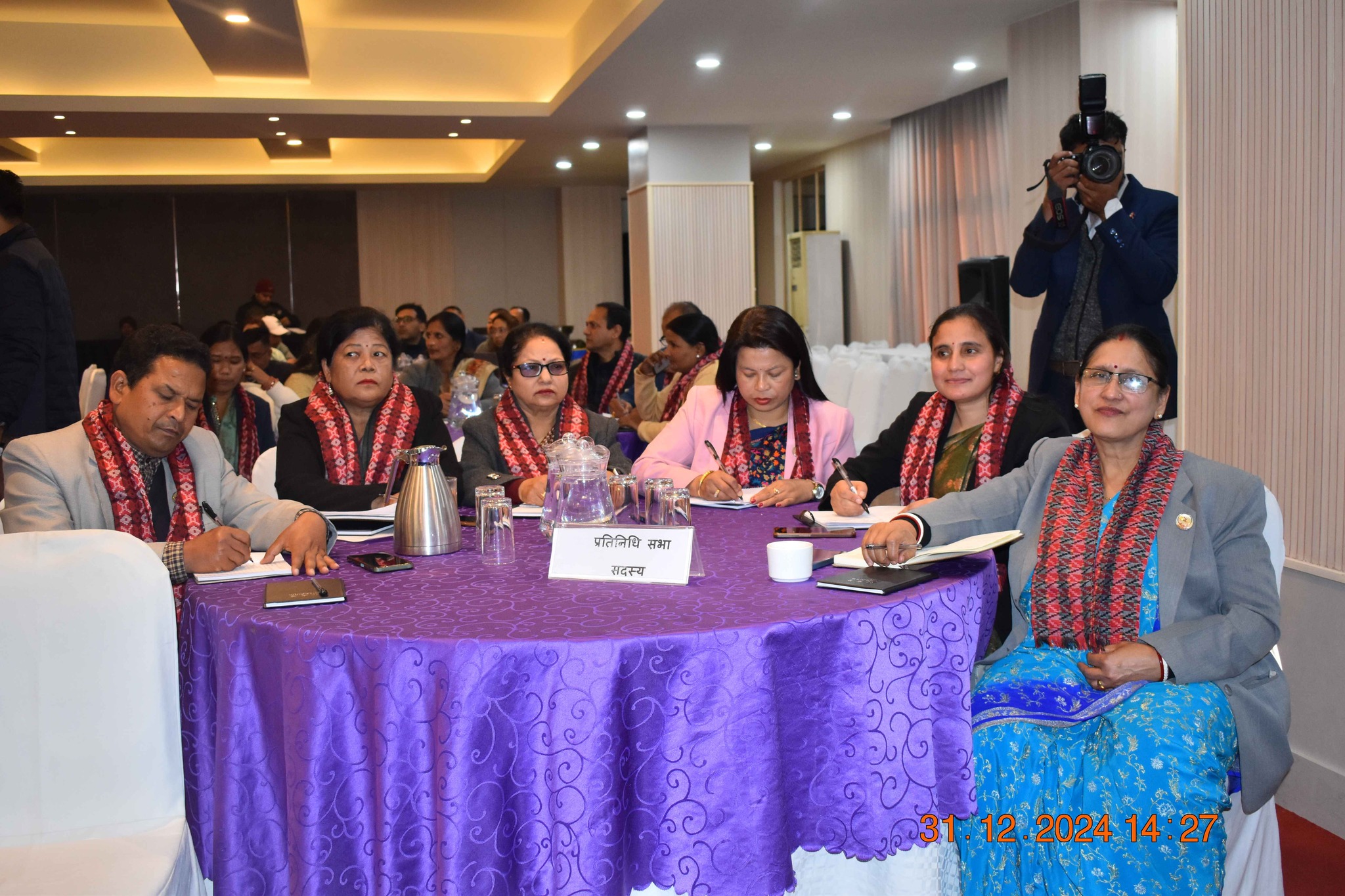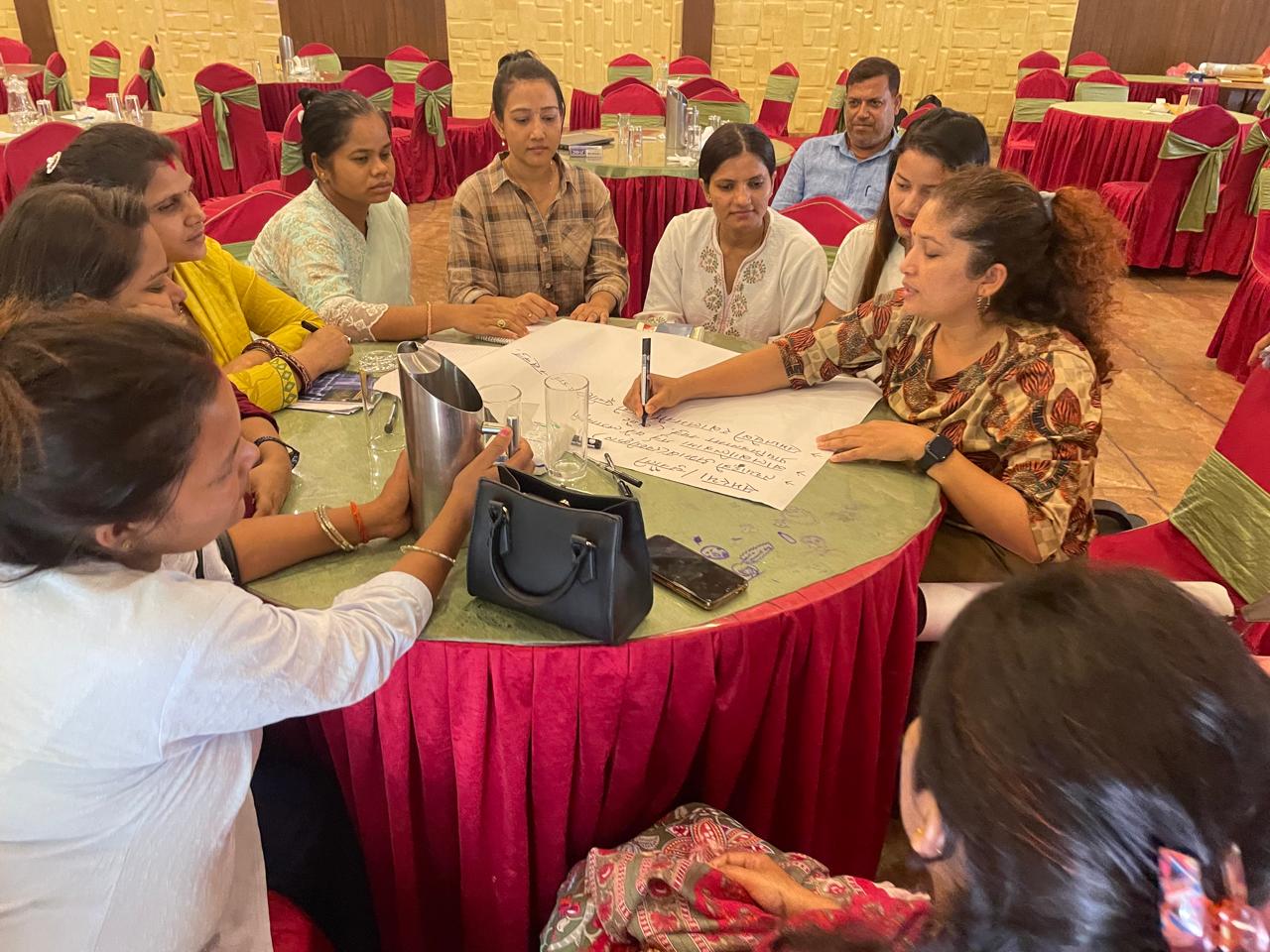DRR/CC (Mitigation and Adaptation)
Disaster Risk Reduction/ Climate Change


Disaster Risk Reduction (DRR) involves systematic efforts to reduce the impact of disasters through prevention, mitigation, and preparedness. Climate Change (CC), on the other hand, refers to long-term shifts in global temperatures and weather patterns, largely driven by human activities, leading to more frequent and intense extreme weather events. These two concepts are deeply interconnected; climate change exacerbates existing disaster risks, making an integrated approach, often termed DRR/CCA (Disaster Risk Reduction and Climate Change Adaptation), essential for building comprehensive resilience.
Globally, DRR is guided by the Sendai Framework, while Climate Change is addressed by the Paris Agreement, both advocating for integrated action. In Nepal, the national context is one of high vulnerability to both natural hazards (like earthquakes, floods, landslides, forest fires) and climate change impacts (like increased droughts and glacial lake outburst floods). The country has robust policy frameworks, including the DRRM Act 2017 and the National Climate Change Policy 2019, alongside localized plans like LAPAs, aiming to shift from reactive response to proactive prevention and resilience-building, though challenges remain in full implementation and coordination.
SIAN in Nepal play a crucial role in advancing DRR and CC initiatives by implementing community-based programs that build local capacity, raise awareness, and facilitate the creation of community-led action plans. They also contribute significantly through advocacy for resilient policies and increased resource allocation, conducting context-specific research, establishing early warning systems, promoting climate-smart livelihoods and ecosystem-based adaptation. Furthermore, NGOs are vital in ensuring that DRR/CCA efforts are inclusive of all vulnerable groups, and by fostering strong partnerships with local governments and other stakeholders, they amplify the impact of resilience-building efforts across the nation.


